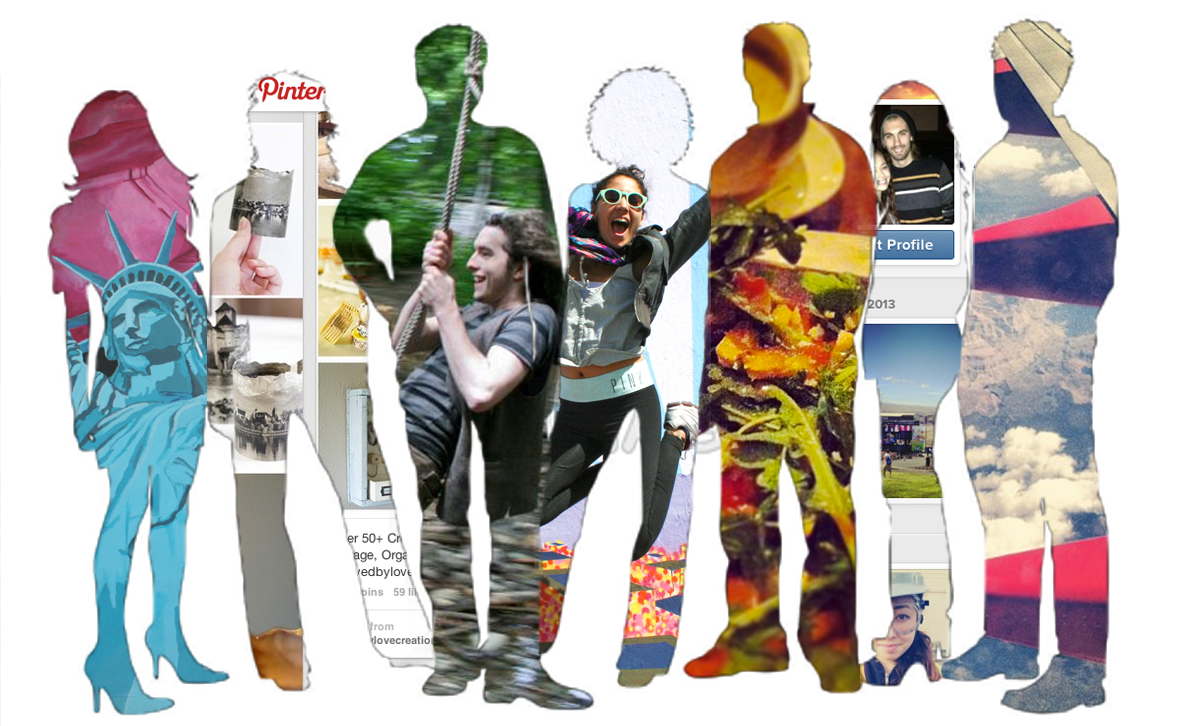 Imagine if the Paparazzi followed you around everywhere you went making public everything you did. That’s what it’s like to be a Millennial. Their lives have been documented and made public since before they were born.
Imagine if the Paparazzi followed you around everywhere you went making public everything you did. That’s what it’s like to be a Millennial. Their lives have been documented and made public since before they were born.
Parents can be the most devoted publicists. My friend’s 2-week-old has more photos on Facebook than I have of my entire childhood. The baby will have the photo smile down before she can sit for one.
With the wide use of social media, Millennials’ lives continue to be shared by their friends and followers on Twitter, YouTube, Instagram, Snapchat, Pinterest, and a host of other platforms. Even with maximum privacy settings, there is no real private life for the Millennial. No wonder they are afraid to make a mistake. They don’t want to look up to find their blunder “trending now!” Would you?
Risk taking is not a natural impulse for many Millennials, and if it ever was, it has probably been snuffed out. Not only have Millennials had to be picture perfect, they have also had to achieve perfect grades and structure their lives to concoct the perfect college resume. In their highly structured and monitored lives, they have missed out on opportunities to learn how to take risks. Fast forward to the workplace and now you see one of the reasons Millennials want to play it safe, and this is where you can help them—and where they can help you.
Ironically, Baby Boomers have notoriously taken on too much risk. They made popular the hedge fund, created and deflated the dot com bubble, and drove us into the mortgage crisis in 2007. The interesting thing about risk is that it is generally good to have people at both ends of the spectrum on your work team. The risk takers push the envelope while the rule followers keep everyone in line. They don’t always appreciate each other’s ways of doing things, but together, they make good decisions for the organization. But risk comes up in another way at work: the ability to try new tasks, make mistakes, and learn from them. Millennials would benefit from learning how to do this better. Giving them the chance to make mistakes is an excellent place to start.
If mistakes are treated as learning moments rather than YouTube sensations, people are more willing to give them a try. Instead of scoffing at someone’s resistance to taking on a new task without an instruction manual, create a safe environment for them to learn. It is wise to start small, with mistakes that have little consequence, and build from there. For example, assign someone a draft of a brief or presentation so there’s room for changes before it becomes final. Delegate a project that has a flexible deadline, in case part of it has to be redone along the way.
Give someone a small client or a particularly patient client or an experienced client who doesn’t need much guidance. Set the right expectations. I was thanked recently by a Millennial for telling her that I was just looking for a draft, not a polished end product, when I assigned her a project. She was so relieved. I have to admit I was surprised (a mistake), but then I thought about it from her perspective (I learned) and it made total sense.
Even if it wasn’t a Millennial thing, just being younger and not knowing what the expectations are is confusing to say the least. It is harder for people who aren’t used to making mistakes to make them. Therefore, it is important to give constructive feedback, not criticism, when they do. The learning moment is just that. It is an opportunity to build on mistakes instead of dwell on them. I have found that asking the person how it went and what they learned is a lot more effective than telling them. If they don’t understand that they made a mistake, ask how their decision was received and what the impact was. If they don’t know, have them find out. Let them learn and help them learn. Make no mistake. If there’s one thing Millennials want to do, it’s learn.



